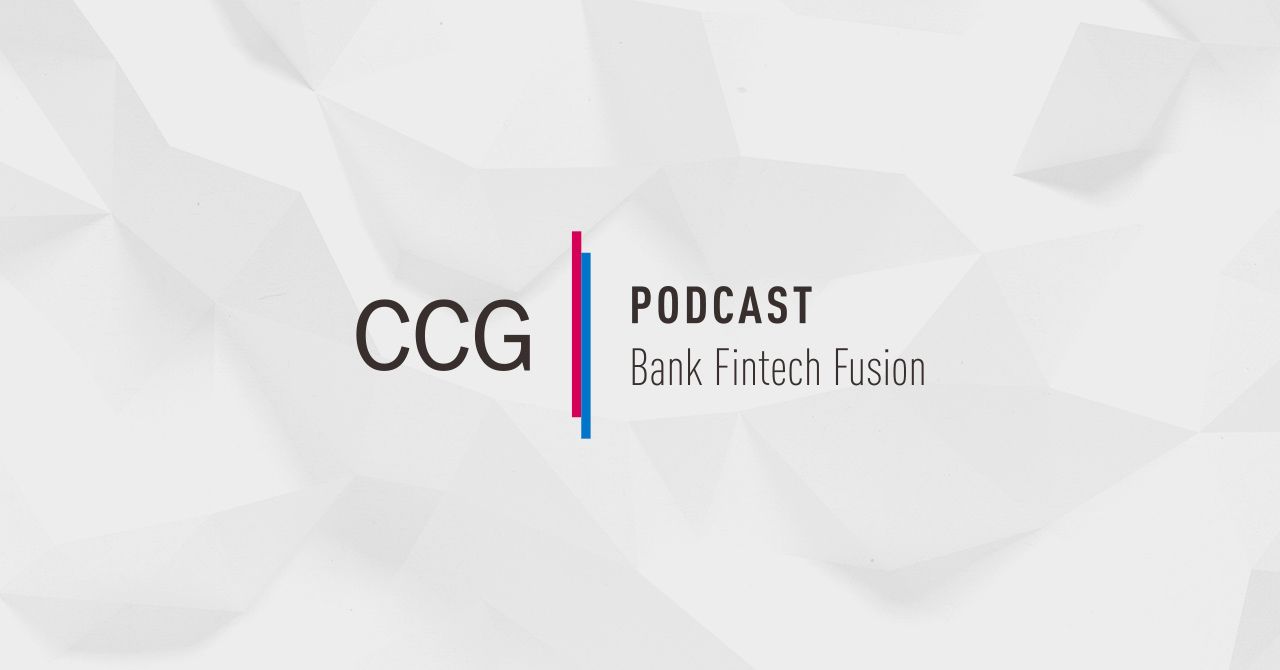

By: Kate Drew
Director of Research for CCG Catalyst.
Contact:
Follow Kate:
I’ve spent a lot of time at lunch lately. Things are finally back to normal, and I am able to go out and talk with clients and executives about their plans, problems, and aspirations. It’s at the core of what I do — to listen. And, recently, I’m hearing the same thing over and over again. I’m hearing that these leaders know they have to shift their organizations into the future, to better compete and survive, and that they need to do it soon. They are no longer on the fence, they know it’s time to move forward, and they want to do it. Or, put another way, they are no longer struggling with the “why” or “when” of change. The problem now is the “how,” and that’s proving to be a huge hurdle.
How do we operate as a bank in today’s world? That is the question. Not, should we work with fintech startups? Or should we adopt a more open approach to infrastructure? Or should we be thinking about things like Banking-as-a-Service (BaaS) or embedded finance? The answer to all of these questions is a resounding, “Yes.” All of the above, please. These institutions finally understand the importance of flexibility, of being able to transform and adjust. It doesn’t matter what the hot new thing is, or whether or not you do it, what matters is that you can do it. You have planned for a future that doesn’t yet exist, and you are able to capitalize on opportunities as they come your way and make sense for your business. Unfortunately, therein lies the difficulty. Because getting your organization to a point where you can support the unknown from a technological, operational, and critically, cultural standpoint is hard.
The key to this conundrum is letting it be hard. “If it were easy, everyone would do it. The hard is what makes it great,” Tom Hanks famously said once. That statement was true for baseball, and it’s true for banking. Those institutions that are delighting customers today in a new era of on-demand financial services and cutting-edge features went through a real slog to get there. It took getting comfortable with change, with risk, with the promise of the unknown. And the result was, well, great. We’ve got banking apps that can track our spending, pay our bills, pay our friends, invest in crypto, and many, many other things — all from the palms of our hands. For those institutions standing on this precipice, it’s time to get into the trenches. It’s time to accept that getting started is half the battle, and it might not look the way you thought it would.
Banks today are sitting on mountains of old technology, decades of ingrained processes, and workforces that may or may not understand the urgency with which change needs to happen. Executives need to tackle all of these things, one by one and together at the same time. Yes, you read that right. One by one and together at the same time. And, yes, it’s going to be hard, extremely hard. It’s going to require shifting the entire bank forward from top to bottom. But it is doable. That’s the important part, it is absolutely doable. You just have to be willing to accept the challenge, swallow the fear that so often causes paralysis, and take a step forward.









